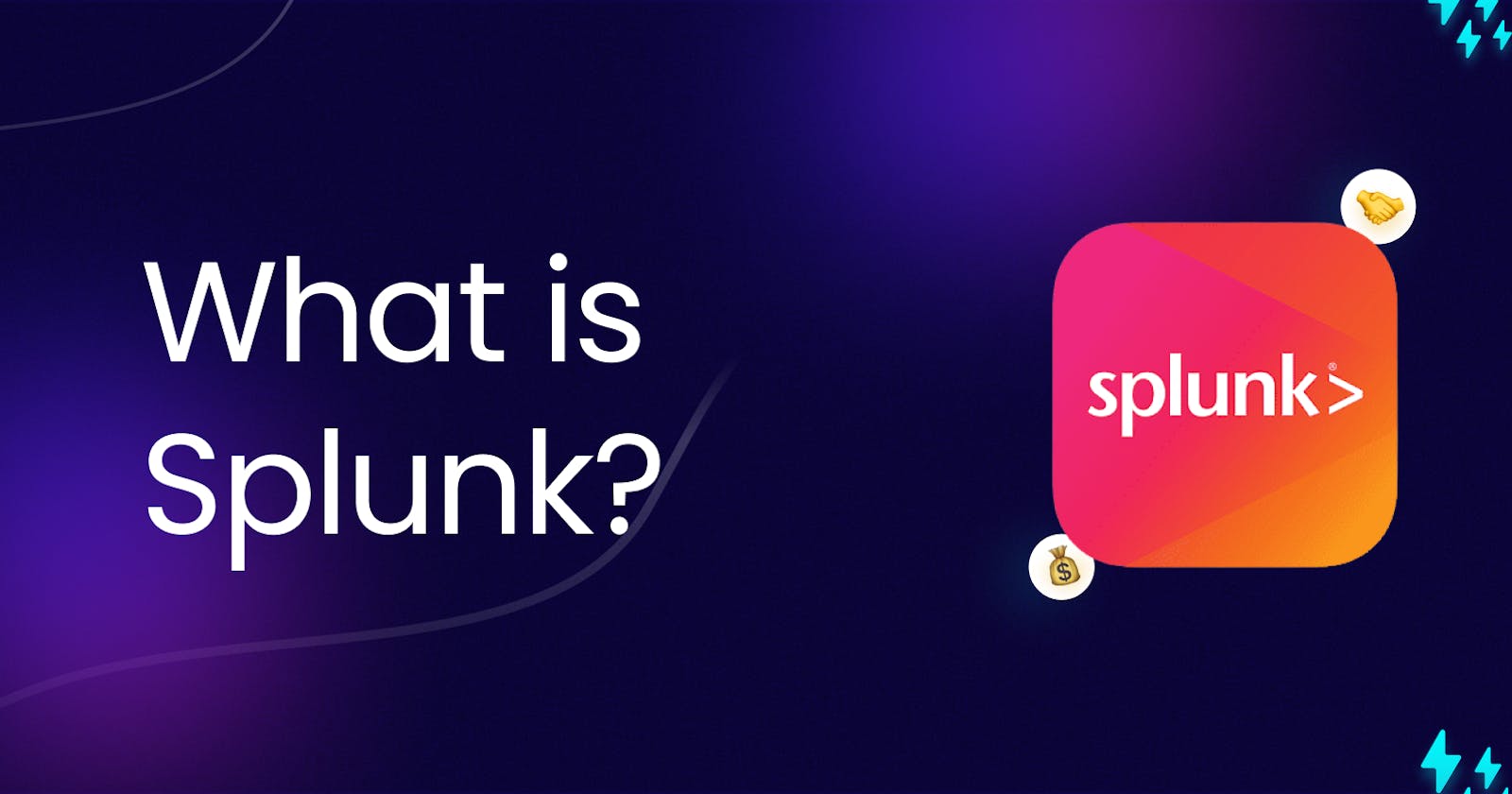Introduction to Splunk
Splunk is a leading data analytics and operational intelligence platform that allows organizations to gain valuable insights from their data. It was founded in 2003 by Michael Baum, Rob Das, and Erik Swan, and has since become a vital tool for businesses seeking to make informed decisions and improve operational efficiency. Splunk's versatility and robust features make it suitable for various use cases, including IT operations, security, business analytics, and more.
Key Features of Splunk
Data Collection and Indexing: Splunk can collect and index data from a wide range of sources, including log files, metrics, events, and messages. It supports both structured and unstructured data, making it suitable for diverse data types.
Search and Analysis: Splunk provides a powerful search language that allows users to explore and analyze their data in real time. Users can run complex queries, apply filters, and create charts and dashboards to visualize data trends.
Machine Learning and Predictive Analytics: Splunk offers machine learning capabilities, enabling users to perform predictive analytics, anomaly detection, and pattern recognition to gain deeper insights from their data.
Alerting and Monitoring: Splunk allows users to set up alerts based on specific search criteria. When triggered, these alerts can notify stakeholders through various channels, ensuring timely responses to critical events.
Dashboards and Visualizations: Splunk's customizable dashboards and visualizations make it easy to create interactive and informative data representations, enabling users to track key performance indicators (KPIs) and monitor operational metrics.
Integration and Extensibility: Splunk integrates with a wide range of third-party tools and services. It also supports various add-ons and plugins, expanding its functionality and adaptability to different environments.
How Splunk Works
Data Ingestion: Splunk collects data from various sources, such as log files, metrics, and APIs. The data is ingested into the Splunk platform, where it undergoes indexing for quick and efficient retrieval.
Data Indexing and Storage: Once the data is ingested, Splunk indexes it to create an optimized and searchable data store. This indexing allows for rapid searches and analysis, even on vast volumes of data.
Search and Analysis: Users interact with Splunk through its search language to explore and analyze the indexed data. They can apply search filters, perform statistical analysis, and visualize data on dashboards.
Alerting and Monitoring: Splunk users can set up real-time alerts based on specific search criteria. When these conditions are met, Splunk triggers notifications to inform relevant stakeholders.
Dashboards and Reports: Splunk allows users to create interactive dashboards and reports to visualize data trends, monitor performance metrics, and gain insights from the data.
Benefits of Splunk
Operational Intelligence: Splunk provides real-time operational intelligence, enabling organizations to identify and resolve issues quickly, leading to improved system performance and reduced downtime.
Security and Compliance: Splunk's analytics and machine learning capabilities help organizations detect security threats and maintain regulatory compliance by monitoring and analyzing security-related data.
Business Analytics: Splunk's data analysis and visualization tools help businesses identify trends, patterns, and opportunities, enabling data-driven decision-making and enhanced business insights.
Scalability and Flexibility: Splunk's architecture allows for horizontal scalability, making it suitable for both small businesses and large enterprises dealing with massive volumes of data.
Conclusion
Splunk has become a prominent player in the data analytics and operational intelligence space, providing organizations with the tools to harness the power of their data. By offering real-time analysis, visualization, and predictive capabilities, Splunk empowers businesses to gain valuable insights, improve operational efficiency, enhance security, and drive data-based decision-making. Its integration capabilities and adaptability to various use cases make it a versatile and valuable asset for organizations seeking to leverage their data effectively.
